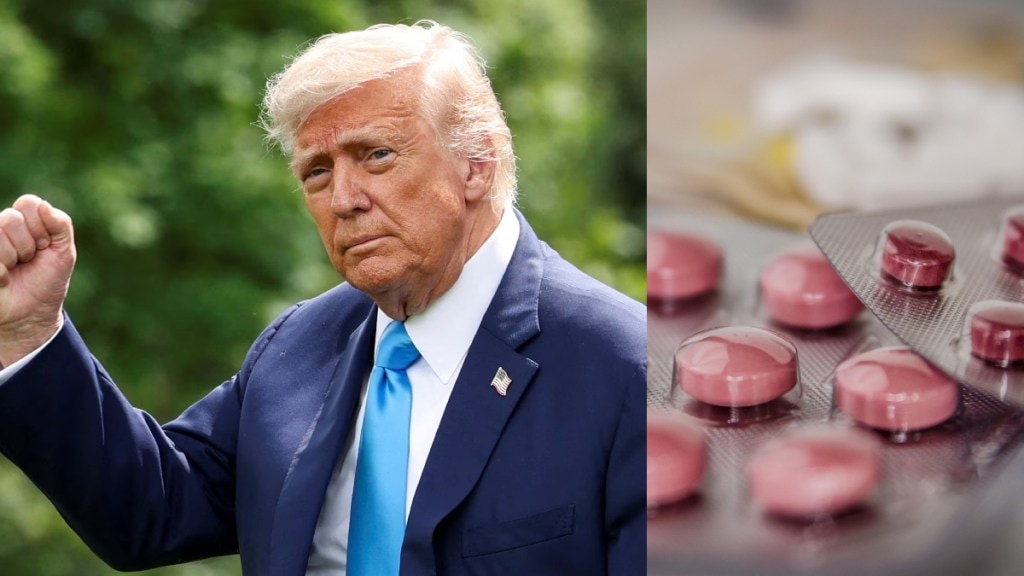US President Donald Trump announced plans to impose tariffs on imported pharmaceuticals likely by the end of July, with semiconductor tariffs expected to follow shortly thereafter. These levies could coincide with broad “reciprocal” tariff rates slated for implementation on August 1.
“Probably at the end of the month, and we’re going to start off with a low tariff and give the pharmaceutical companies a year or so to build, and then we’re going to make it a very high tariff,” Trump told reporters after returning from an artificial intelligence summit in Pittsburgh.
Trump indicated pharmaceutical tariffs could eventually rise as high as 200%, incentivising companies to shift manufacturing back to the US. He emphasised a grace period of roughly one year for drug companies to adjust before facing steep tariffs.
Semiconductor tariffs: A similar yet simpler approach
Trump described his timetable for semiconductor tariffs as “similar” to pharmaceuticals and “less complicated,” without providing detailed specifics. The tariffs would affect not only chips but also consumer products relying on them, such as Apple and Samsung laptops and smartphones, raising concerns about cost impacts for US buyers.
Despite threats and letters dictating tariff rates to numerous countries, Trump signaled ongoing negotiations. Notably, he announced a deal with Indonesia reducing a threatened 32% tariff to 19%, with Indonesia agreeing to significant US energy, agricultural, and aerospace purchases.
The President expressed optimism about securing “two or three” trade deals before implementing the reciprocal tariff regime on August 1, with India cited as one of the most likely.
Wider tariff strategy and additional countries targeted
Beyond pharmaceuticals and semiconductors, Trump revealed plans to impose a 50% copper tariff soon. He also announced tariffs exceeding 10% on goods from over 100 smaller countries, including many in Africa and the Caribbean. New duties ranging from 20% to 50% were also set against countries such as Sri Lanka, Algeria, and the Philippines as part of an intensified push for “fair and reciprocal” trade.
In response to expert warnings about secondary tariffs on Russian trading partners potentially raising US energy costs, Trump remained confident the situation would resolve without harming US consumers.
“I don’t think so. I think that whole thing is going to go away,” he said.

